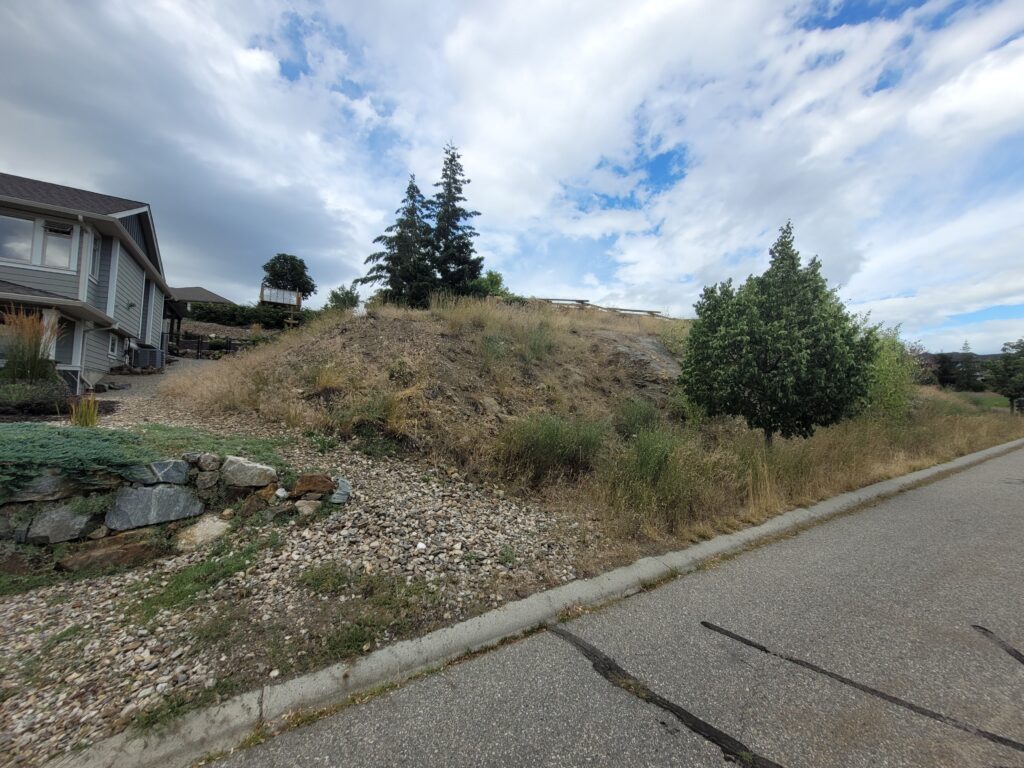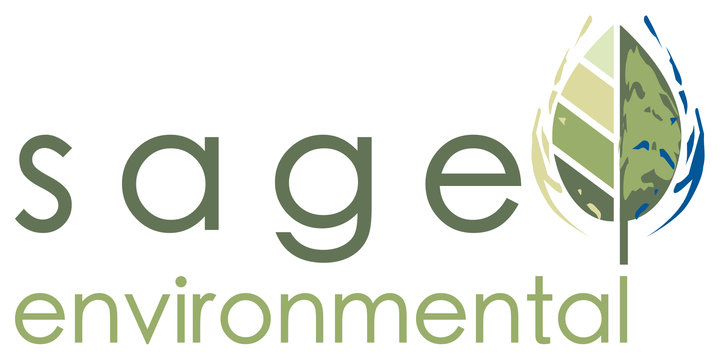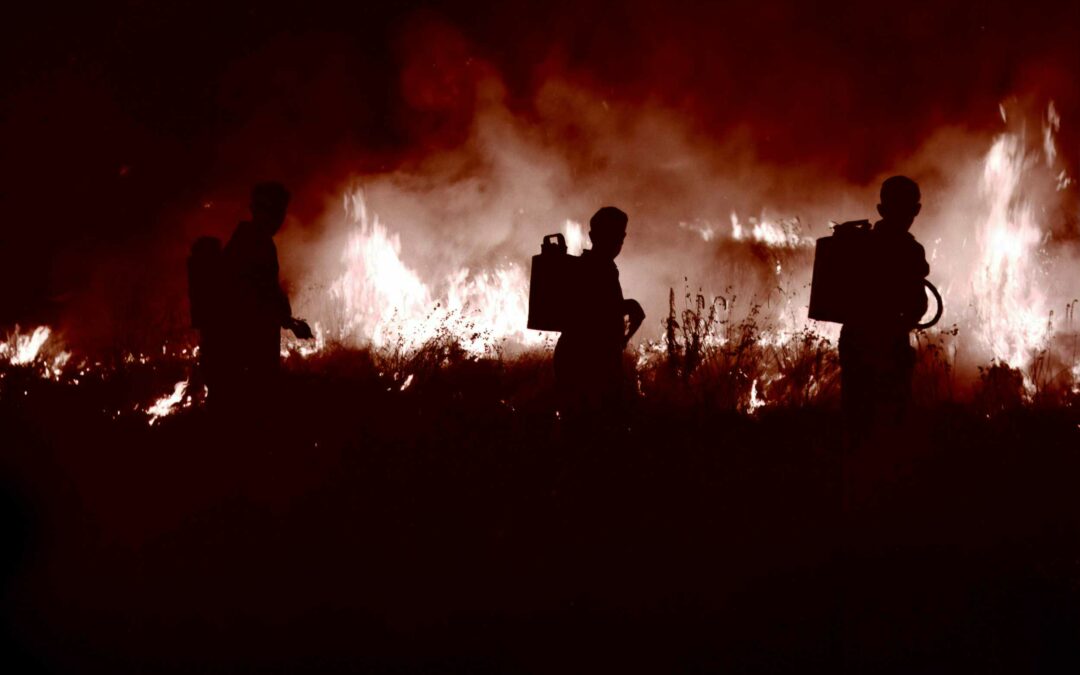By: Skye Wolfe, PAg
In November 2023, I attended the Integrated Vegetation Management Association’s (IVMA) 2023 Biennial Forum, which highlighted many important topics surrounding invasive plant management in our changing climate. The one topic that really stood out was the role of invasive plants in changing the fire regime. Many of us have heard about how our grasslands are changing due a variety of factors, such as changes in grazing and the introduction of invasive plants, however I had not considered the idea that increasing the abundance of invasive plants may actually be increasing our fire risk even further. It appears that invasive plants are changing our natural fire regime, specifically the intensity and frequency of fire in our landscape.
A presentation called “Feeding the Fire: Drivers and Impacts of the Ventenata dubia Invasion in the Inland Northwest” by Dr. Claire Tororelli (University of California, Davis) looked at how North Africa Grass (Ventenata dubia) is altering the fire regime by slowly creating a monoculture (i.e. forcing out all the native plants). This invasive grass increases the biomass within the ecosystem and fills in natural gaps between existing native plants; when the invasive grass dies back in mid summer, it becomes dry and adds fuel to the fire, literally! The increased amount of dry grasses within the ecosystem increases the fire risk within the landscape. After fire has burned through an ecosystem, these species are often one of the first to reestablish and expand within the area, creating an even stronger monoculture, thereby increasing the fire risk further. And so the cycle continues.
But What Does This Mean For Me?
Though Ventenata dubia is currently not widespread within the Okanagan Valley or the BC Interior, the same principles can be applied to invasive plants that we commonly see here. When we think about invasive plant growth and abundance from a fire risk reduction lens, it’s easy to see that widespread infestations of invasive species have the potential to increase the fire risk within our community and throughout the province.
Invasive plants not only reduce the natural diversity of our native plants, but they reduce habitat for many wildlife species who depend on the native vegetation in order to complete their life cycles. As landowners, if we are able to slow the spread of invasive species within our individual properties, we can help manage invasive species within our communities, which will not only help protect biodiversity of our native plants and animals, but will also reduce your fire risk within your property and protect your home!
What can I do?
Did you know that the BC Weed Act requires all landowners or occupiers (e.g. tenants) to control any noxious weeds on their land?
It may be as simple as regularly hand pulling weeds and seeding disturbed areas with native grass species to prevent further invasive plant growth (as seen in the photo below). Erosion prevention and environmental protection of riparian areas must be considered in any invasive management plan, so consider contacting a Qualified Environmental Professional or other invasive plant specialist can help you determine an appropriate invasive management plan that is right for your property.

For a list of provincially-listed or regionally-listed noxious weeds, please see Schedule A and B of the BC Weed Control Regulation: https://www.bclaws.gov.bc.ca/civix/document/id/complete/statreg/10_66_85
For more information on North Africa Grass, please visit: https://www2.gov.bc.ca/assets/gov/environment/plants-animals-and-ecosystems/invasive-species/alerts/north_africa_grass_alert.pdf
For more information on various invasive plant control methods, please visit the Okanagan and Similkameen Invasive Species Society: https://www.oasiss.ca/
For more information on invasive species in BC, please visit the Invasive Species Council of BC: https://bcinvasives.ca/

